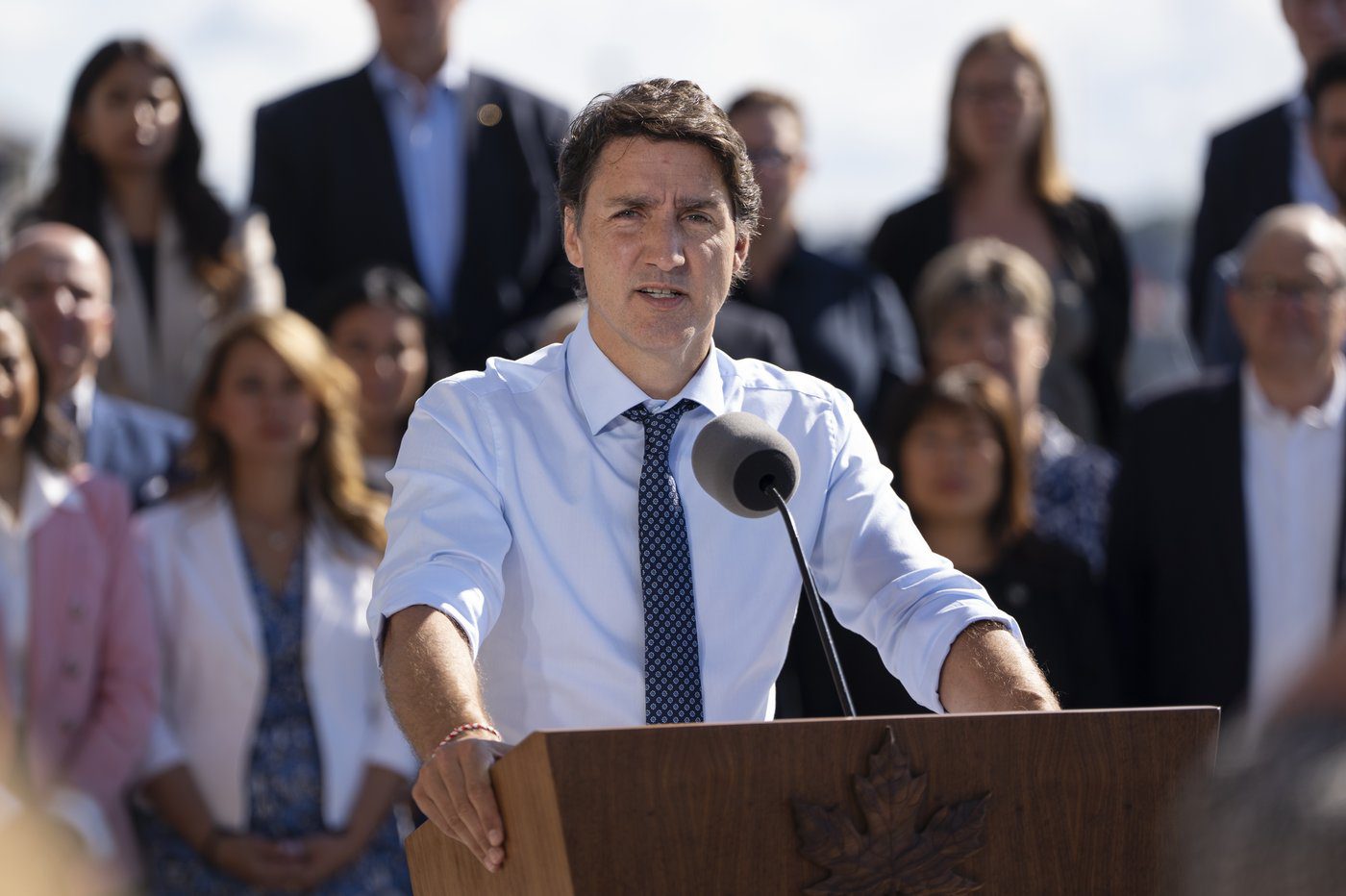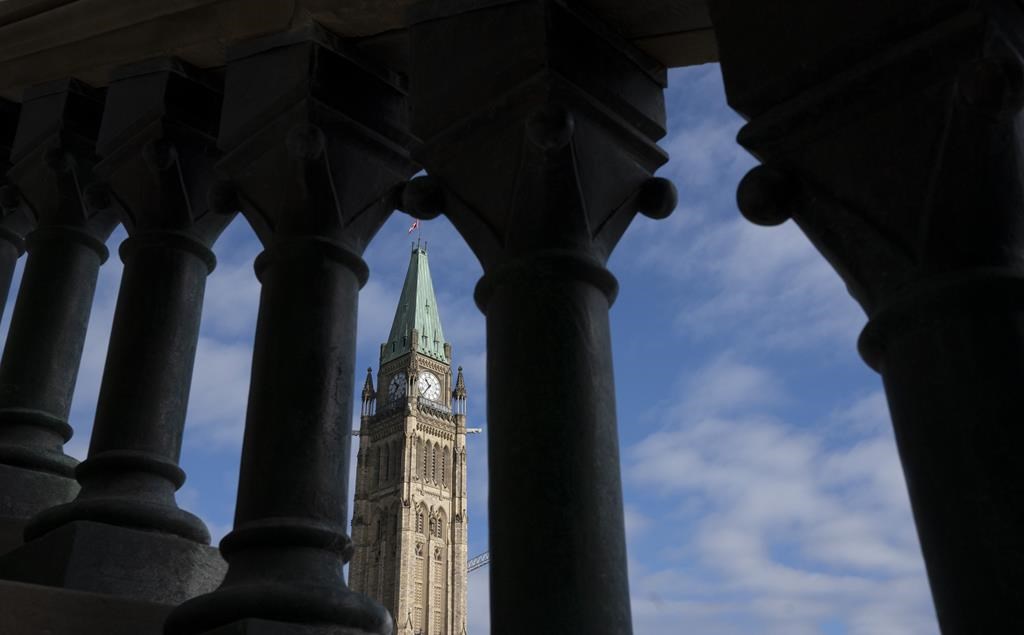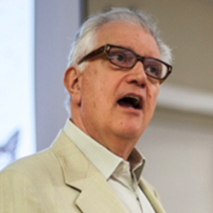As the Cabinet retreat concludes in Halifax, the assembled journalists and pundits following the meeting are looking to see what kind of “reset” the prime minister is going to offer voters in order to rescue his abysmal polling numbers, whether that is the persistent rumours of a Cabinet shuffle, or the ultimate play of his realizing that he needs to step down for the good of the party, and getting a leadership contest underway. Of course, that’s not actually going to happen, but there are a whole lot of people in the media space who are looking for something like it to take place because they’ve spent their summer months hooked on American news, and are looking to replicate what they have seen in terms of the bounce the Democrats’ polls have undertaken since president Joe Biden made the decision to drop his quest for re-election and to step aside in favour of Kamala Harris. But Canada is not the United States, and Justin Trudeau is not Joe Biden.
This kind of political drama-envy is not new to Canadian politics, nor is the problem of Canadian political media trying to import American narratives because they think it will somehow help the audience relate more. Hell, for that matter, it’s also not new for political parties in this country to import American narratives wholesale and try to do things like simply dividing them by ten in order to Canadianize them, even though that’s not actually how this works (and I’m looking at you most especially, NDP). This particular situation with Trudeau’s poor polling numbers and what happened with the Democrats is catnip for this particular kind of political media in this country, and they cannot resist its lure, so the attempts to force Trudeau into this narrative box are coming on particularly strongly, and there’s little that anyone can do to stop it, unfortunately.
Cabinet shuffle speculation is a constant in Ottawa, but aside from Seamus O’Regan’s decision to step down and be replaced by Steve MacKinnon, it’s hard to see just what kind of reset will satisfy the media narrative, aside from a leadership race (which isn’t going to happen at this point in the game). I know that a number of backbenchers have been agitating and doing the Anonymous Liberal™ schtick over the summer, but there frankly isn’t a lot of untapped potential on said backbenches that would make a noticeable difference in Cabinet if they were swapped in—assuming that a manner could be found to do so that wouldn’t completely unbalance it in terms of geographic, gender, and cultural representation. The notion that Trudeau will recruit Mark Carney directly to Cabinet without having won a seat first is little more than a technicolour daydream, but nevertheless one that the political media have deluded themselves into believing for months now, for some reason.
So just what kind of change can the Liberals actually offer if this is what the voting public is craving, if you believe the polls? That’s become the million-dollar question. One of the things that has been creeping into the discourse is the notion of the “politics of joy” that the Kamala Harris/Tim Walz ticket has been employing, in contrast to the dourness of Trump’s declinist assertions, but once again, this is hard to try and make a direct import into Canada because Trudeau has tried to focus on the “sunny ways” shtick, to the point of toxic positivity at times (and certainly their happy-clappy pabulum talking points are meant to reinforce that toxic positivity), while Poilievre is the one asserting that Canada is “broken” and that only he can fix it. Even Poilievre’s attempts to present an “It’s morning in America” positive vision fell flat, and not only because of the ridiculously poor choice of foreign-sourced stock images that his social media geniuses edited together for a Twitter video that they were forced to delete, but because his entire slogan-filled message rings hollow.
Meanwhile, any minister that was asked about change or resets at the Cabinet retreat basically said the same thing—that they’ve heard the message loud and clear that Canadians are frustrated and angry, and they’re going to focus on “delivering results for Canadians.” And hey, re-focusing on “deliverology” like they did back when they took office in 2015 would be a welcome change, and it would be new and novel for them. This is a government that has opted not to focus on managerial competence since about mid-2018, but rather has devoted their energies to finding shiny new baubles that will try and recreate the energy and excitement of 2015 all over again, to ever-diminishing returns. If they want to really double-down on “delivering results for Canadians,” this could be one way to do it, and finding a level of change that would be unique to Canadian politics rather than just aping the American narratives and dividing by ten.
But let’s not kid ourselves—this is Trudeau we’re talking about and he will try to find some shiny new programme that he hopes will wow the socks off of everyone, that leaves the Conservatives and NDP unable to compete, but he also has to do it while being fiscally prudent, or to offset the costs in some way that may or may not include class warfare (which the Liberals seem to believe is working for them). We’ll have to see what it is, either when the final press conference of the retreat is held, or possibly in a surprise Speech from the Throne when Parliament returns (but that’s less of a sure bet because the NDP, whose support they rely upon, have come to distrust prorogations after Stephen Harper abused them), but you can count on something to be cooking from the Liberals that they hope will capture voters’ imaginations just enough to get them over their dislike of Trudeau and push the Liberals just far enough over the edge electorally to squeak out another win based on voter efficiency alone. Meanwhile, political media will continue to try and find an American narrative to import, and the Liberals will resist the notion that change is what people are looking for when the next election rolls around.










